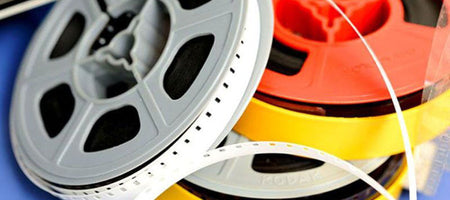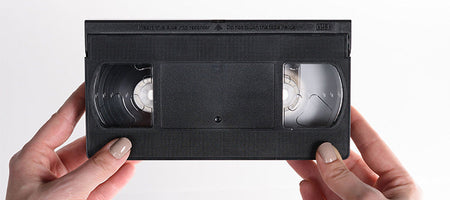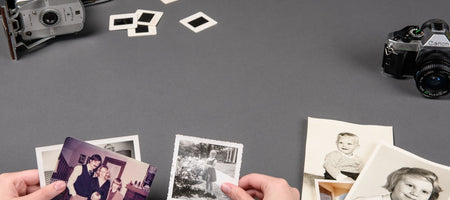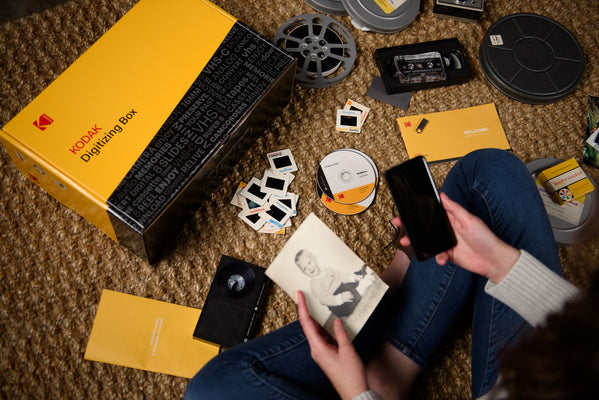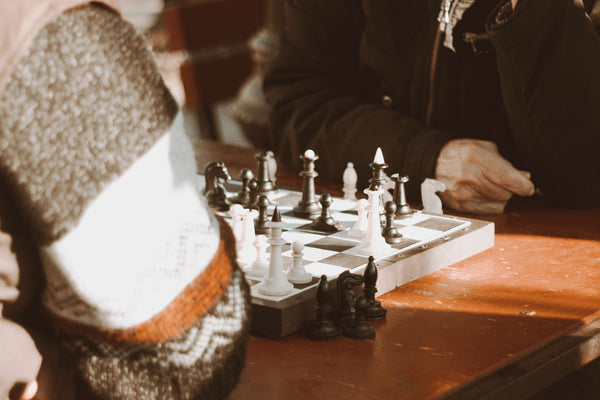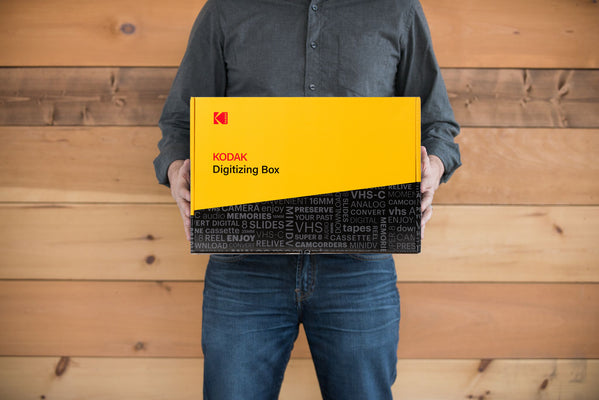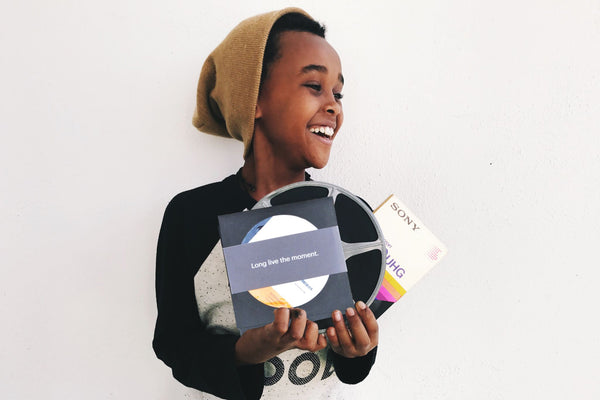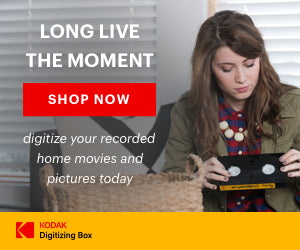So you went up to the attic to find the large cooler for your summer camping trip and you accidentally stumbled across that old, forgotten box of film your grandma gave you a couple years ago.
Then it suddenly dawned on you – “I should probably get this digitized to see what’s on it.” And you’re right.
You’re not doing that film any favors storing it in a hot and humid attic that’s just speeding up the degradation process. Yep, whether you want to acknowledge it or not, all that film – 8mm, Super 8, 16mm and 35mm – is decaying from improper storage conditions and the accumulation of time.
But how do you digitize it? Is it something you can DIY? Or do you need to send it in? All logical questions with logical answers. Let’s explore them.
The DIY guide to converting your film to DVD
To answer the question, you can convert your own film to DVD. BUT, you knew that was coming didn’t you? There’s good news and bad news.
Locating obsolete equipment
Let’s start with the glass half-empty crowd. The bad news (we’ll get to the good news later on) about DIY film to DVD digitization is that you’re going to have to track down and shell out some cash for the equipment. That includes gaining access to a functioning film projector. If you can’t find a working one at your local antique store, you can nab one online for around $200-300. But is it worth the money and hassle of buying a projector for a one-time use?
Once you’ve tracked down a projector, you’re going to also need a standard video camera (something else you probably don’t have) to capture the vintage footage from the projector. Now you get to play the whole film and make sure your video camera capture goes smoothly.
Transferring your projector-capture from your video camera
After you’ve captured all your old film with the video camera, you can move it to its soon-to-be digital format. But wait, you’re going to need one more piece of outdated equipment – a combo recorder, similar to ones used for converting VHS to DVDs – to finish the digital conversion.
Once you’ve got ahold of the combo recorder, you get to playback your old film in its video camera captured form all over again as it converts to DVD. You’ll need a TV or monitor for this portion of the conversion as well.
Maybe DIY film to DVD isn’t the best idea?
Once you add up all the time, money and effort spent to digitally transfer your old film to DVDs, the project begins to look a little daunting, doesn’t it? You’ve got to spend hundreds of dollars on equipment that you’re probably going to use just one time and one time only. But it CAN be done.
Now, remember that good news that we told you about earlier? Well, here it is. For those of you short on time and looking to not waste the money or effort to DIY, then there’s Kodak Digitizing. We’ll take all those dusty old film reels and convert them for you – no unnecessary equipment purchases or wasting your time. You just select how many pieces you want digitized, and we’ll send you a pre-paid postage box to load up with your film and send off. In about two weeks, you’ll get your film reels back along with digital DVD copies, thumb drives – even digital downloads via the cloud, if you want them.
Yeah, you can convert your own film to DVD, but is that the best use of your time, effort and money? We’re thinking not. No, the best way to convert your film to DVD is the way that requires as little effort on your end as possible. So send us your reels and find out what that best way to convert your film to DVD looks like.

